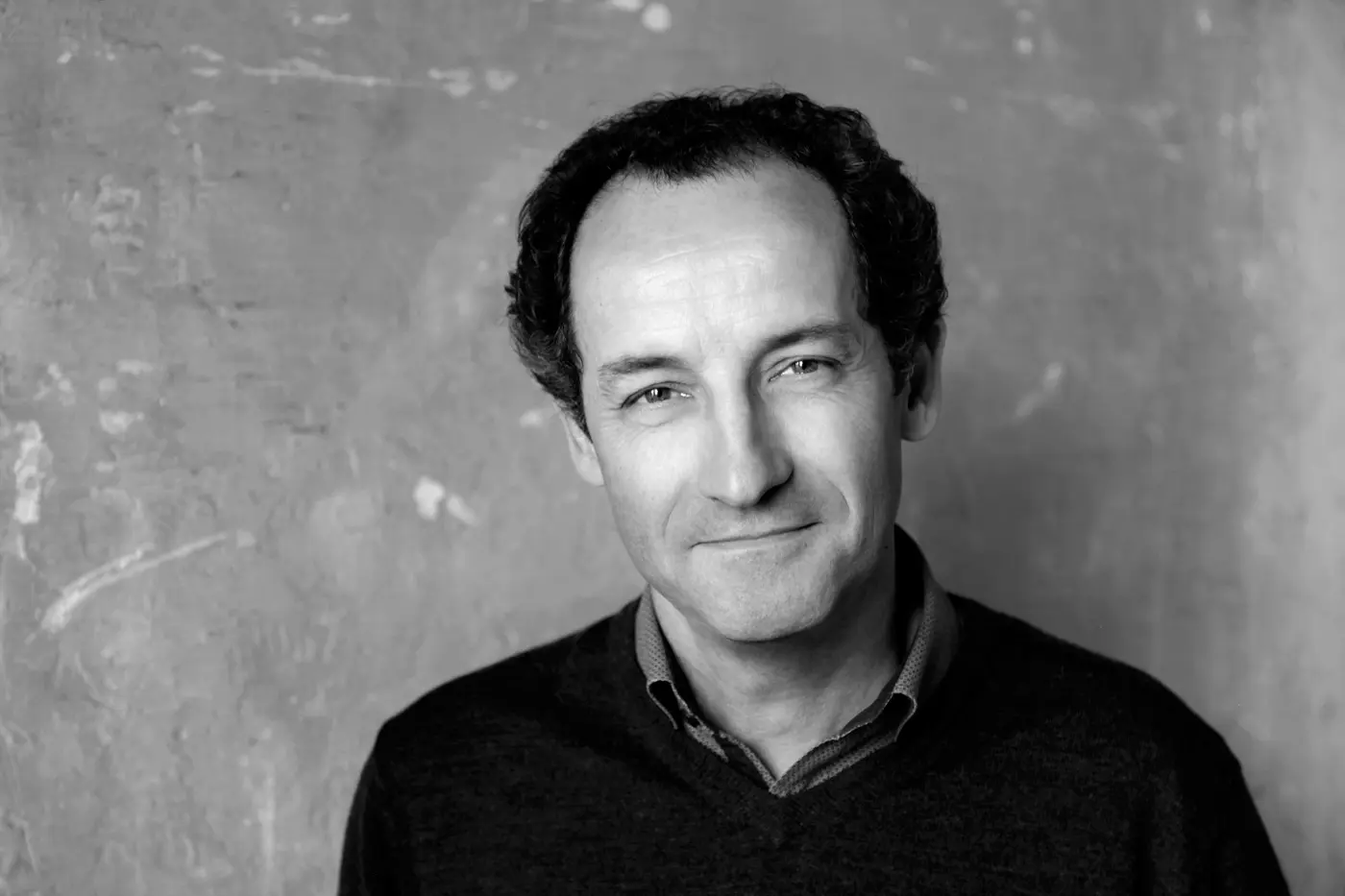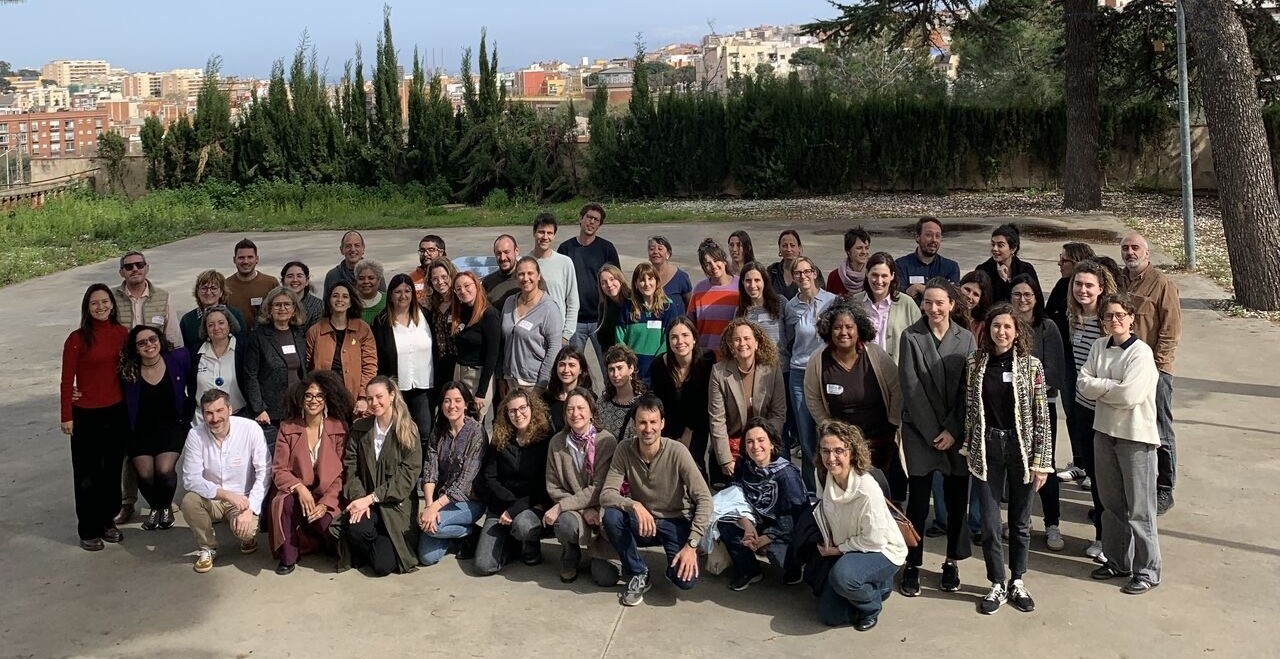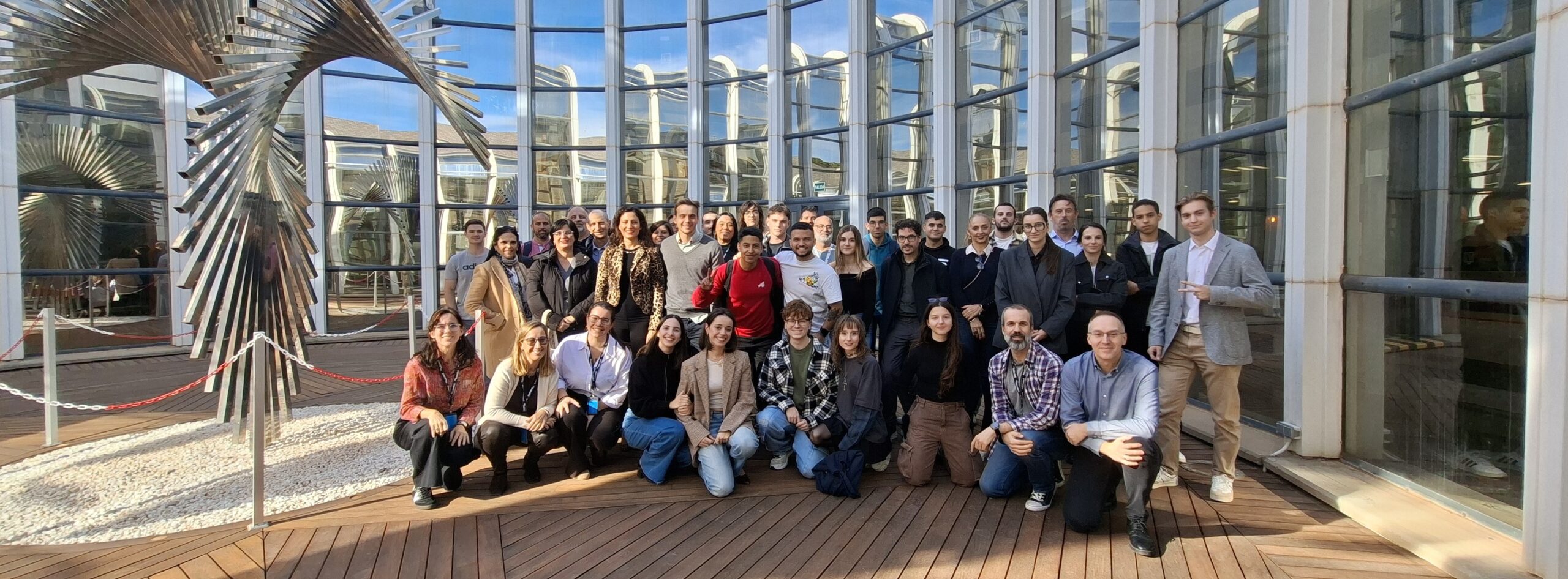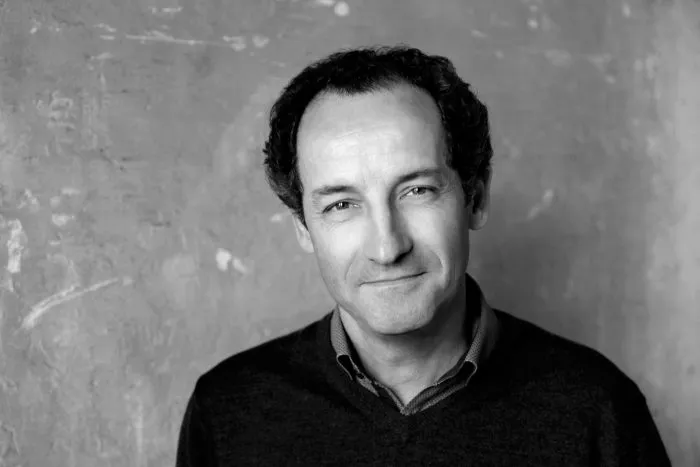
We spoke to Pepe Font de Mora, director of the Foto Colectania Foundation, an institution that aims to showcase photography and raise awareness of this art in social, artistic and educational circles. A few days ago, they opened a new exhibition, ‘Laia Abril. On Abortion’, which will be open to the public until June 9th…
What role does photography play in today’s largely digital age? And… what role should it play? Photography has changed drastically in the digital age, not only in technical terms (due to the simplification of photography tools) but also in terms of its very essence, due to the ability we now have to share and display photos. We come across – but we don’t always really see – a vast number of images every day, and photography has become a vital communication tool. We, as photography centres, want to become a platform where people can enjoy this medium, and where they can also reflect on how complex photography has become in contemporary culture.
In times like these, when anyone can take a photo using their smartphone… What value do physical photographs have? It is precisely the overload of information and images which has generated a paradox where what we need is not virtual images, but rather physical ones. This is why many artists are returning to analogue processes and showcase their work in photobooks.
How do you, at Foto Colectania, promote photography to ensure it reaches all audiences? We arrange exhibitions that cover a wide range of topics related to photography: contemporary art, history, files, collections, music, etc. And just as importantly, we organise online and offline activities to reflect on photography and imagery.
What role does innovation play in the world of photography and, specifically, in Foto Colectania? We always like to remind ourselves that photography is the first technological art form, and therefore, as a centre that specialises in photography, we have always tried to create projects that attempt to reflect on how photography and the new image ecosystem have changed after the introduction of digital technology and the internet. Programmes which are already in their fourth edition, such as ‘DONE’ and ‘Correspondencias’, address this same subject from different points of view and using different content, and they also target very diverse audiences. In addition to their content, these programmes also use innovative formats, with activities that take place in our Foto Colectania premises and also online. This is also the case in imagenred.org, an educational platform that gives initial ideas for projects on which tutors and teachers can work with students in relation to images. It recommends activities, meetings and debates, which can take place during or after class, intended to help students learn to develop their comprehension and critical judgement skills in relation to the purpose and use of images.
At the moment, you are holding the exhibition ‘Laia Abril. On Abortion”… What can people visiting this exhibition expect to find? The exhibition displays the work of a young artist and addresses the reality that is abortion from a very interesting perspective: the extraordinary efforts that have been made to research and document this subject in many cultures and countries, together with the deliberate and carefully measured use of photography, successfully gives the impression that the story is being told from the personal point of view of the artist. It is a daring sample of work by a photographer who is gaining exceptional renown with this series.
Do you have any specific dreams for Foto Colectania? There are many, but one very specific dream: we want our next exhibition on ‘La Movida y la fotografía’, which will be held in summer in the well-known photography festival “Les Rencontres d’Arles” (and which we will also be displaying in Barcelona in autumn), to have a long and successful journey across the globe.



